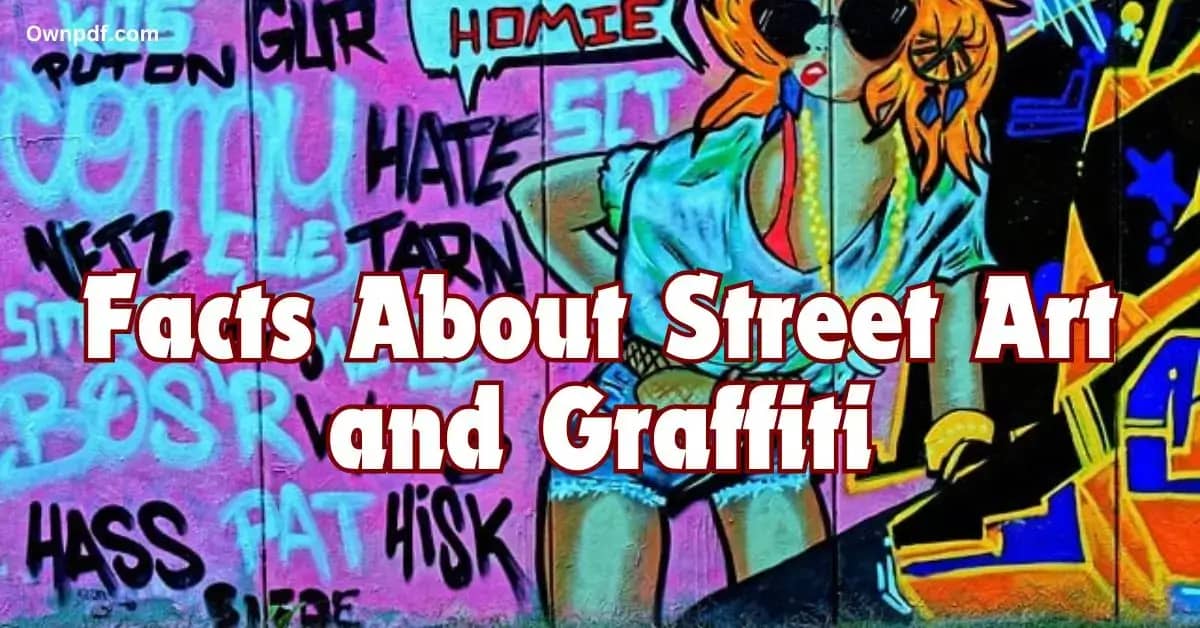While “street art” and “graffiti” are sometimes used interchangeably, important distinctions separate these two forms of unauthorized public artworks.
Street Art typically refers to prints, stencils, murals, posters, installations, and wheat pastes placed in outdoor locations like walls, bridges, and tunnels. Street artists often have formal art training and create narrative-based works with an underlying social message. Famous examples include Banksy, Shepard Fairey and Blek le Rat.
Graffiti originated in the late 1960s, in the hip-hop scene in Philadelphia and New York City. This style is focused on elaborate stylized signatures of the writer’s street name using spray paint. It is more based on ego and fame rather than social messaging. Well-known graffiti artists include Jean-Michel Basquiat who began by spray painting cryptic poems and Keith Haring who created pop graffiti drawings in NYC subways.
While graffiti is done covertly and focuses on the moniker as an artistic brand, street art overtly delivers activist messages for public thought provocation. However, both art forms utilize urban landscapes as canvases to democratize artmaking using edgy aesthetics. We next explore some origins leading to today’s vibrant global street art scene.
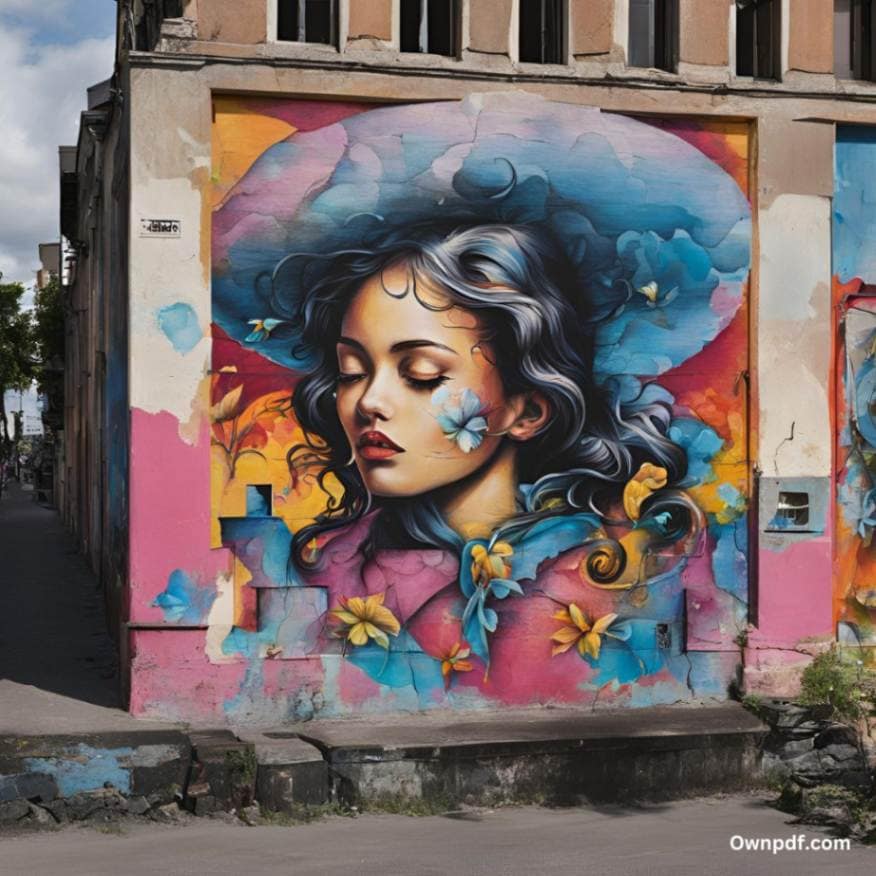
Influences and Stylistic Origins of Street Art
Contemporary street art sprang from various cultural groundwaters gaining momentum through the late 20th century:
Punk Rock Music and Subculture
The rebellious philosophies and gritty aesthetics of the 1970s punk rock movement provided inspiration for early street artists seeking disruptive formats beyond gallery walls to promote shock and activism.
Origins in U.S. Graffiti
Teen graffiti initially served as territorial markings between gangs and neighborhoods in major cities Philadelphia and New York. This coded stylized script evolved into complex symbology conveying style, reputation and local affiliations for writers.
Hip Hop Culture
As hip hop DJing, rapping, and breakdancing rose within distressed Bronx communities, the burgeoning cultural movement also adopted street graffiti as an aesthetic wing conveying its urban roots and defiant creative spirit against surroundings.
Stencil Rebel Art Precedents
Early street artists like Blek le Rat in Paris pioneered using stencils and pochoir techniques inspired by WW2 imagery and pop art to quickly create uprising graphics within public spaces rather than galleries.
So through conflating influences spanning visual art, music and grassroots groups equally disenfranchised from institutional access, public street art cultivated disruptive energy aimed at reclaiming creativity autonomy to broadcast more freely.
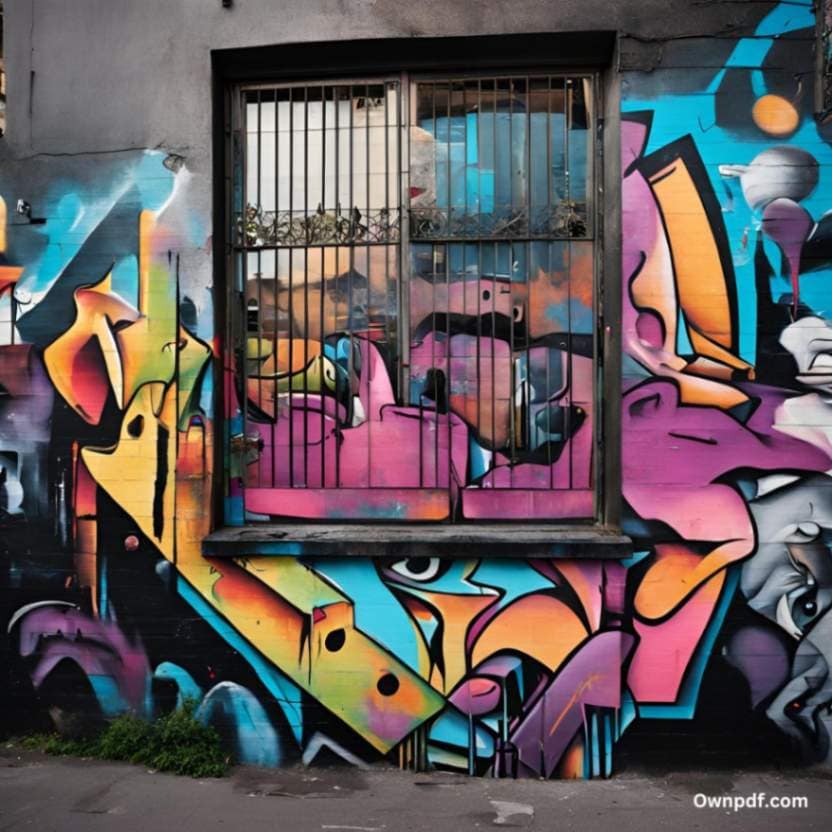
Materials and Methods Used by Street Artists
As an organically evolving art form rooted in resourcefulness, street art employs whatever materials may be accessible for public creations after dark:
Stencils – From cardboard and paper templates to more durable mylar plastic sheets, stencils allow rapidly reproducing identical spray painted imagery across many outdoor areas once applied.
Stickers – Self-adhesive vinyl labels in customized graphics offer immediate art placement and accumulate through overlaying accretion when grouped. Quantity overwhelms quality.
Posters & Wheat Paste – Large printed poster designs can be rapidly deployed using wallpaper adhesive called wheatpaste glue to quickly saturate neighborhoods overnight.
Spray Paint – Portable aerosol cans provide vibrant chromatic choices perfect for swiftly tagging locations although plots require coordination for fresh batches when depleted without getting caught.
Paint Markers – For finer detailed street artworks on smaller objects, paint markers like the popular MTN 94 offer bold hues in portable formats good for adding color to stickers too.
Environmental Elements – Some interventionist street artists incorporate existing architectural components, pipes, vents, ledges and debris into site-specific installations interacting with the location itself.
So through embracing impermanence and mobility over gilt-framed permanence in traditional galleries, street artists wield whatever ad hoc gear travels to access coveted visible walls and tunnels for nighttime installations before authorities intercede and eliminate traces by dawn.
Know the 10 Fascinating Facts About Surrealism That You Didn’t Know
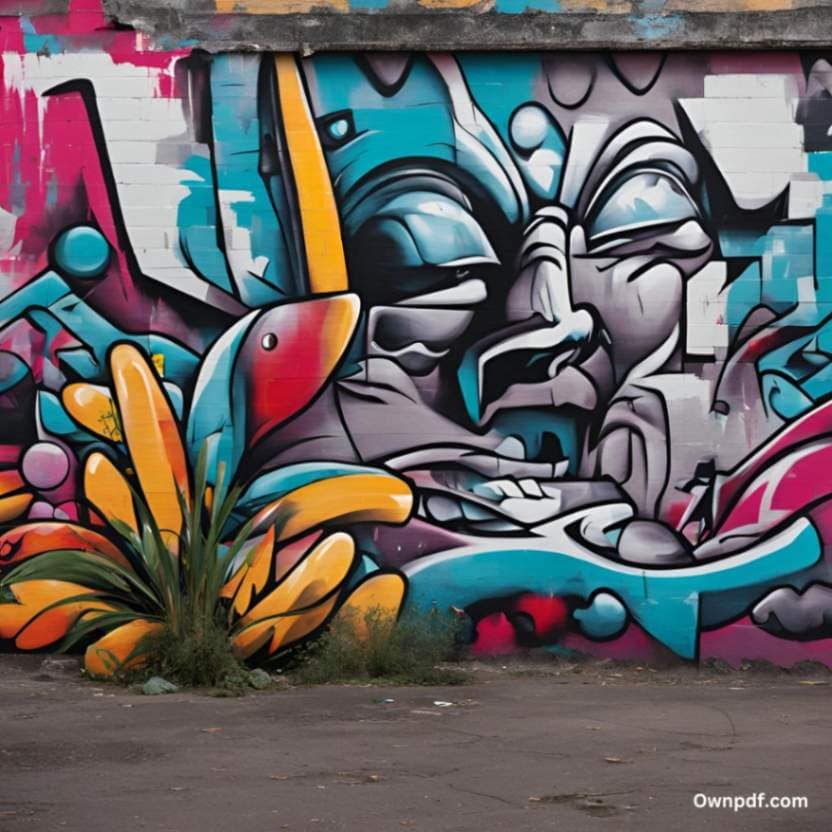
Prominent Street Art Styles & Techniques
While diverse aesthetically, certain street art stylistic staples recurred codifying the form:
Stenciling
Stenciling constitutes the signature street art technique introduced by French pioneer Blek Le Rat in 1981 influenced by dramatic imagery used in political protests and pop art. It enables replicating identical images across many outdoor sites rapidly.
Famous stencil artist Banksy frequently created ironic visual parables about societal institutions like government using this efficient method for spreading subversive messages anonymity through public demonstrations.
Murals
Inheriting the provocative spirit from seminal Mexican muralists like Diego Rivera and Jose Orozco, wall sized vividly colored community murals disclose narratives commemorating historic local figures and events that openly express activist viewpoints counter to institutional accounts using artistic embellishments.
Graffiti
Though graffiti predated street art’s arrival, its elaborate bubbled 3D signatures continued evolving into semi-abstracted character art and complex calligraphic styles personalized by crews and boroughs through competitive one-upmanship and trains traversing visibility between networks of young writers eventually recognized as talents like Jean Michel-Basquiat first emerging through 1970s NYC subway car paintings displaying enigmatic text based poetry.
So stencils, murals and graffiti constitute the most ubiquitous genres that street art differentiated through yet still borrow from as messaging formats to broadcast counterculture philosophy across many surfaces once sanctioned as vandalism but appreciated nowadays as authentic public artworks enriching communities.

Impact of Street Art & Graffiti Today
Initially labeled as criminal damage, public perspectives toward street art and graffiti have gradually shifted acknowledging positive artistic and economic community contributions:
Neighborhood Beautification
Vibrant murals spanning building facades help signal pride in marginalized communities while alleviating blighted zones or graffiti tagged spots through officially sanctioned programs funding local artist promotions.
Tourism Popularity
Heavily muraled or graffitied neighborhoods like Brixton and Shoreditch in London now constitute “must photograph” stops on European travel itineraries while seeking glimpses of latest Banksy works remains an obsession for visitors and locals alike wandering his suspected home cities daily.
Artistic Legitimization
As anonymous stars like Banksy achieved auction selling records rivaling old master paintings through conceptual stencil works, so does the entire street art genre slowly overcome skepticism about artistic merits to increasingly emerge alongside vaunted Pop Art successor Jean-Michel Basquiat as epochs pivoting between low and high culture dialog now.
So through gradual specialist hobbyist and academic appreciation coalescing around museums preserving standout ephemeral artifacts of graffiti’s golden 1970s era onwards, so does societal reevaluation continue progressing for the rebel arts once labeled by critics as criminal acts without redeeming qualities. There still remains much skepticism and controversy around legal ambiguities however.
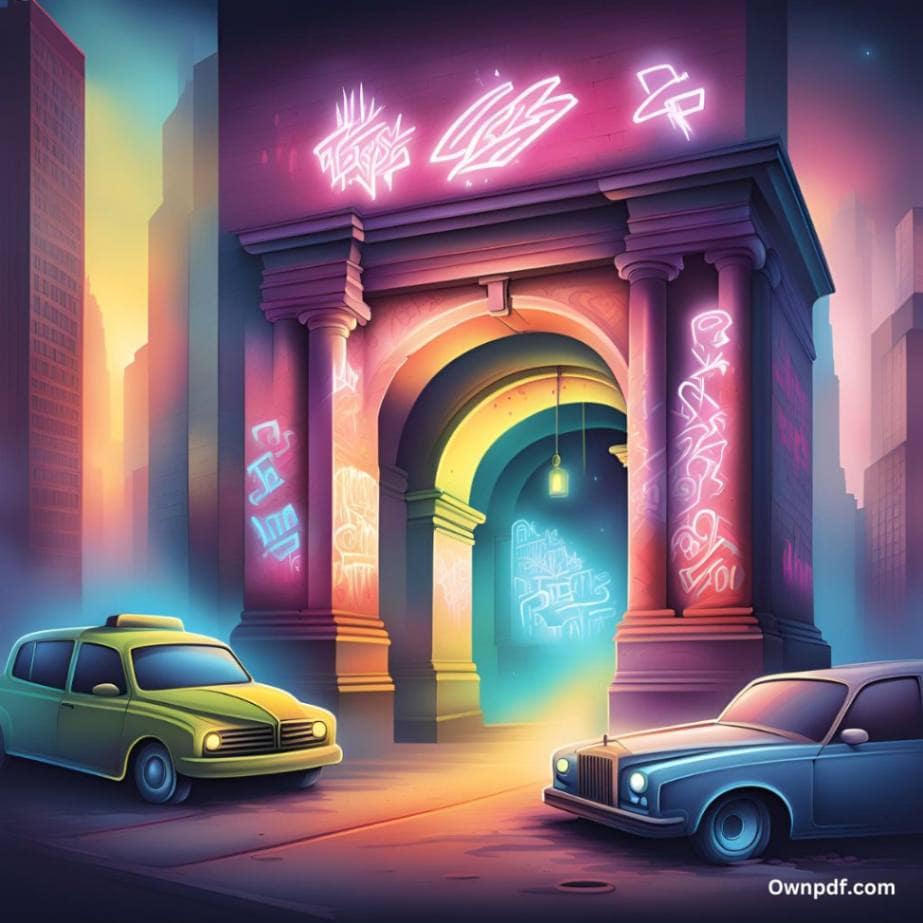
Common Street Art & Graffiti Themes
Beyond just attention-grabbing aesthetics, street art and graffiti frequently convey recurring conceptual themes:
Anti-Establishment Sentiments
As extra-institutional art forms operating literally outside fine art systems, most street art projects works embodying defiance towards authority and radical rejection of conventions around creativity access, polite decorum, and deference to power structures deemed corrupt or unethically self-serving towards oppressed classes.
Sociopolitical Commentary
Incendiary global graffiti writing emerged critiquing American 1960s Vietnam War policies while murals project ongoing dissent against gentrification developments disrupting local communities and pricing out disadvantaged residents unable to resist shifts. Today Banksy sand others satirize abusive police authority and government failed policies through messaging artworks strategically placed overnight.
Humorous Visual Punchlines
Rather than outright granfalloon political art which can sermonize abrasively, great street art elicits initially bemused smirks that ripen into laughing outrage once the visual gag punchline fully sinks in for passersby stopped in their tracks grappling with social realities exposed as absurd theater. Banksy’s periodically refreshed works thrive on such wry insightful reversals of expectation.
So through recurring subjects spanning playful subversion of authority institutions, urgent identity politics and general antiestablishment provocation, street artists generate permeating meme concepts that repeatedly compel audiences locally yet reverberate meanings globally via online photos widening documentation of favorite pieces appearing locally. Again controversy strikes balances between artistic virtues, fair use rights, and vandalism accusations.
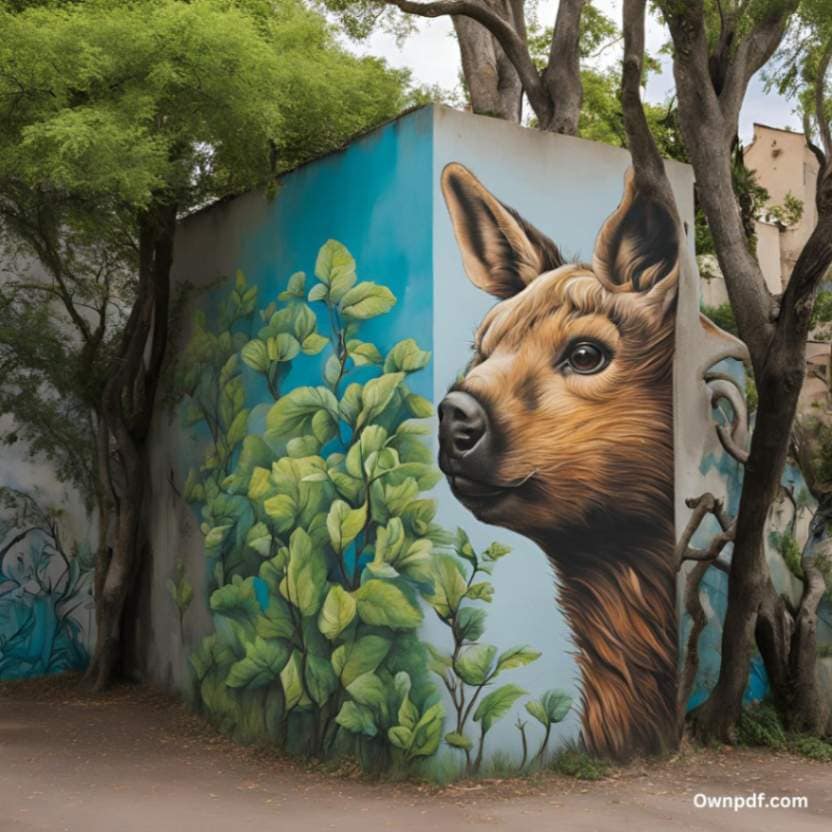
Controversies and Legal Issues Around Graffiti/Street Art
Despite street art and graffiti gradually overcoming dismissals by critics as mere territorial vandalism without artistic merit or positive community impact, significant controversies linger:
Unauthorized Nature
Fundamentally most street art and graffiti remain unsanctioned regarding location choice or actual execution without municipal approval or building owner consent. This unavoidable transgressive essence risks removal and prohibitive legislation.
Gentrification Instigator
Although vibrant street art helps attract tourism to downtrodden neighborhoods, indirect impacts often exacerbate rents and cost of living through waves of art scene trendiness pricing out longtime residents after initial creativity revitalization.
Plagiarism Debates Around Appropriation
When notable street artists Banksy and Fairey incorporated existing newswire photography into iconic works that later sold commercially, copyright infringement lawsuits followed from original photo owners questioning royalties allocation. Separate authenticity issues plague Banksy’s anonymous identity too.
So while lowering barriers enabling direct public art appreciation benefits communities overall, inevitable backlash continues simmering around criminalized aspects and social problems perhaps requiring updated models striking sustainable balances benefiting all stakeholders. Ongoing trial-and-error always outpaces regulations addressing street behavior fluidity.
Conclusion & Future Trajectories
In conclusion, street art and graffiti constitute overlapping yet distinct movement offshoots from late 20th century punk/skater counterculture seeking alternative spaces for unfiltered creative expression beyond fine art realms deemed inaccessible or philosophically unaligned.
Through adopting rebellious aesthetics from subcultures and industrial spray paint originally, both street art and graffiti reconcile around sociopolitical messaging goals that dynamically evolve addressing issues affecting modern marginalized communities. Their outsider arts status is gradually transitioning towards acceptance in mainstream cultural discourse and municipal planning for neighborhoods balancing gentrification.
AsBanksy dodges fame through anonymity, and seminal 1970s train graffiti writer pioneers like FUTURA 2000 now exhibit globally, so does societal reception continue progressing for unsanctioned rebel art once labeled acts of petty vandalism without deeper merit. But much public education remains needed around complex issues of illegality versus freedom of expression.
Perhaps one day sufficient resources will exist supporting urban communities to collectively determine optimal mural locations, styles and themes suitable for specific neighborhoods rather than just top-imposed cookie cutter beautification. For now street art’s exciting dynamism persists while seeking balance. Ongoing surprises undoubtedly await as new generations takes spray can and wheat paste sticker to the streets.
FAQs
What are the differences between street art vs graffiti?
Street art typically contains social messaging and is sanctioned, while graffiti focuses more on the artist’s tag style and is done without permission. However, boundaries overlap.
How did street art originate?
Influences like punk rock culture, rebellious political protests, hip hop and earlier urban graffiti writers led to street art starting in 1980s France and spreading globally.
What materials do street artists use?
Spray paint, stencils, posters, stickers, paint markers and architectural environments are used for quicker execution avoiding authorities. Murals incorporate more elaborate techniques.
Why do some consider it vandalism?
As unsanctioned artworks done covertly without building owner consent, graffiti and some street art are deemed as defacing private property, despite artistic merits.
How has street art reception changed?
Public and official perceptions have gradually shifted from graffiti being labeled as criminal damage towards acceptance as artistic enhancements drawing tourism, while debates continue around legal lines.
